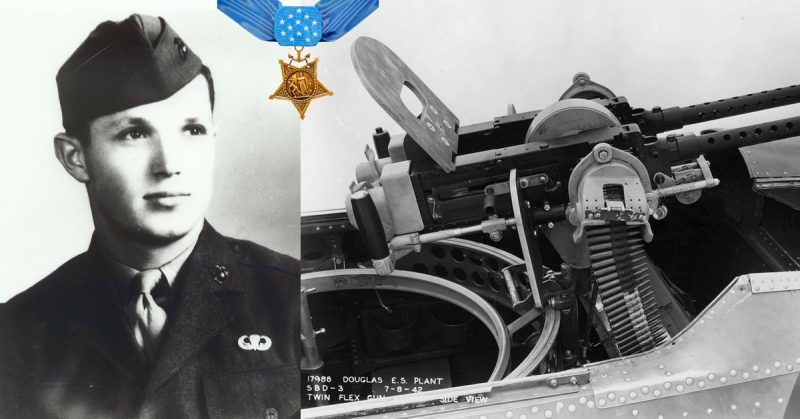The ability to improvise, adapt, and overcome has long been a core ethos of the United States Marine. While one could find many examples from the history of war, it’s not too often that you find a case where a few industrious Marines scavenged crashed aircraft and created their own personal customized weapon system.
Dubbed, “the Stinger”, Corporal Tony Stein would take this improvised weapon to the sands and volcanic ash of Iwo Jima. While here, Corporal Stein would lead one relentless charge after another on Japanese pill boxes as he unleashed the Stinger which could fire at rates of 1200-1500 rounds per minute.
On 8 separate occasions, he would brave the deadly enemy fire in order to run back to the beach for more ammunition and on each occasion he would pick up a wounded Marine to bring back with him. For his actions on Iwo Jima, Corporal Tony Stein with the aid of his Stinger would pick up the Medal of Honor and a unique place in the history of the Corps ability to adapt in battle.
Eager to Join the Best
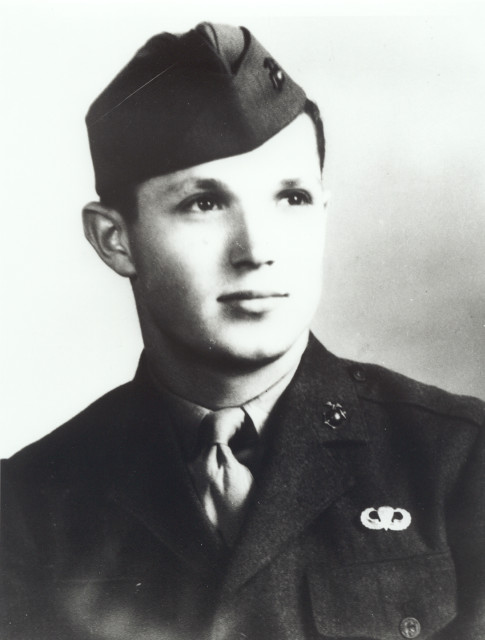
Tony Stein was born in 1921 Dayton, Ohio as a child of Austrian Jewish immigrants. After high school, he enlisted in the United States Marine Corps in 1942 and initially became a member of the elite Paramarines.
This was a short lived unit in the Marine Corps history as they weighed the utility of dropping into combat. An entire regiment was formed and while they frequently saw combat as ground troops, they never actually parachuted into combat.
However, as a young Paramarine, Stein was fortunate to receive the elite training offered to these men which would come in handy subsequent engagements. Stein would see combat in various campaigns throughout the Pacific and shot 5 Japanese snipers in a single day on Bougainville. But it would be his ability to innovate and adapt in route to Iwo Jima that would set him apart.
The Paramarines were eventually disbanded in 1944 and the Marines were re-purposed for the upcoming invasion. While awaiting orders to combat, Stein who was a toolmaker prior to the war and an innovative armorer took it upon themselves to create a weapon they believed better suited them.
On the island, a crashed Douglas SBD Dauntless dive bomber equipped with the ANM2 Aircraft machine gun offered the perfect opportunity. The ANM2 was a .30 caliber machine gun specifically suited for aircraft.
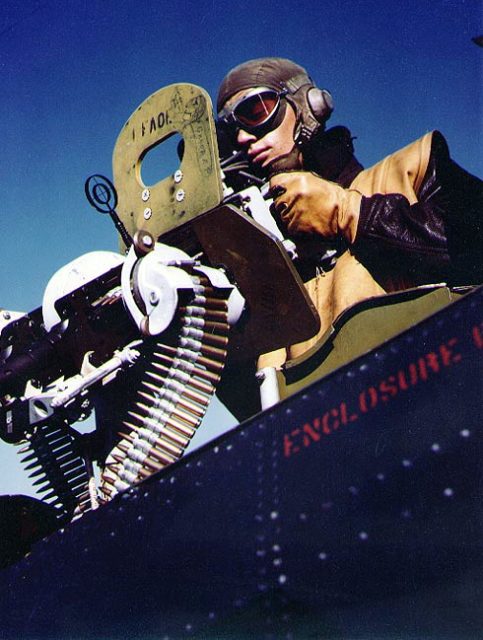
They took the ANM2 which was lighter than the M1919 light Machine gun and began to fit it for ground combat. As an aircraft machine gun, it could fire at a rate of 1200-1500 rounds per minute which was much higher than the M1919’s 400-600.
They took the stock and sights from an M1Garand and fitted it to the ANM2 along with the bipod from a BAR. The result was a vicious weapon suited for ground combat and Tony Stein was the lucky soul who would get to carry it into battle.
As they boarded the ships destined for Iwo Jima, Corporal Stein and the weapon he named, “The Stinger” were ready to blaze their way into combat history.
One Man Charge on Iwo Jima
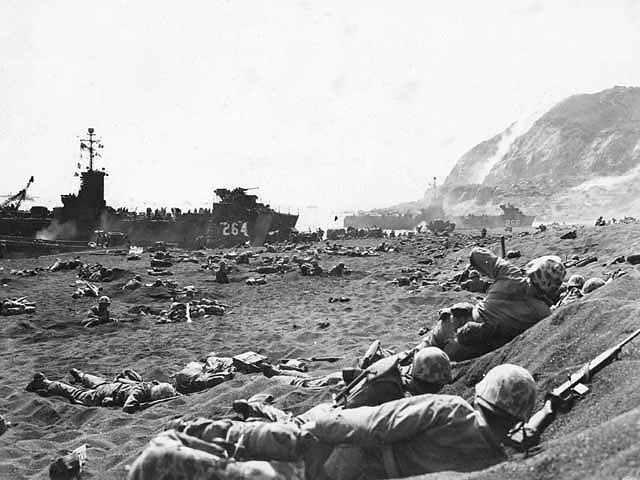
When the Marines hit the beaches of Iwo Jima on February 19th, 1945, Stein and his Stinger were ready for action. He was one of the first men from his company to be in position after hitting the beach as he fired the Stinger to cover the advance inland.
As the Japanese began to zero in on the Marines, his platoon became pinned down by heavy mortar and machinegun fire coming from fortified pillboxes. To relieve his beleaguered comrades, Stein stood upright and waved to expose himself to the enemy and draw their fire. As a result, he was able to identify the concealed positions of the guns.
Once located, he began a one-man charge on the series of fortifications with the Stinger blazing. One after another, he was able to take out the enemy positions and killed over 20 enemy soldiers during this individual assault.
While the Stinger’s heavy rate of fire made it quite effective for such an assault, it also meant that ammunition would quickly run out. Undaunted, Stein would simply kick off his boots and his helmet in order to make a speedier run across the terrain and head back to the beach for more ammunition.
Each time, he would improvise and make the most of his trips by carrying a wounded Marine in dire need of medical attention back to the beach.
Resupplied with ammunition, Stein would continue to press the assault upon his return, even as he had his Stinger shot directly out of his hands on two occasions by enemy fire. However, throughout the day he continued to effectively deploy the improvised weapon and make the most of every round. As the days went by, Stein and the 28th Marines would continue the push towards Suribachi and the iconic flag raising.
Gallant Until the End
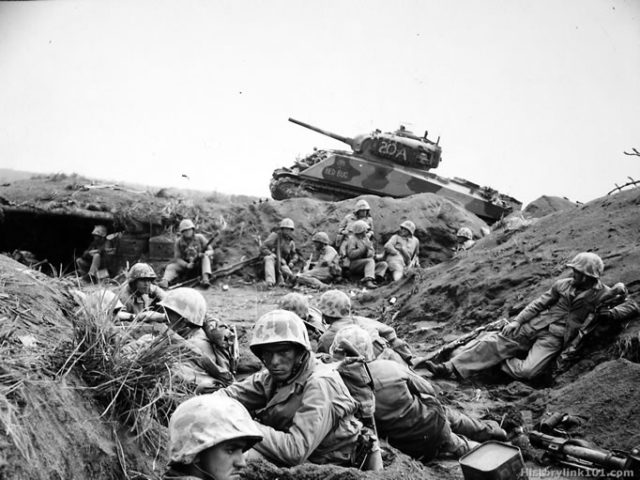
Corporal Stein was subsequently wounded in the battle for that iconic mount and was evacuated out to a hospital ship. Having already done enough to earn a Medal of Honor and with every reason to stay afloat and recover from his wounds, no one would have blamed Stein if this is where his story ended.
However, when he got word that his regiment was taking heavy casualties during the fight for Hill 362A, he leaped from his bed and returned to his unit.
While leading a patrol to locate a gun emplacement on March 1st, Corporal Tony Stein was struck by a sniper’s bullet and died on Iwo Jima. His medal was presented to his widow one year after the Marines first hit the beach on February 19th, 1946.
While Stein was initially buried on Iwo Jima in the 5th Division Cemetery, his remains were subsequently returned to his home in Dayton where he was celebrated and buried with full military honors.
Corporal Stein and his Stinger had lived up to the finest traditions of the Marine Corps and their ethos to always adapt and overcome in pursuit of victory.
